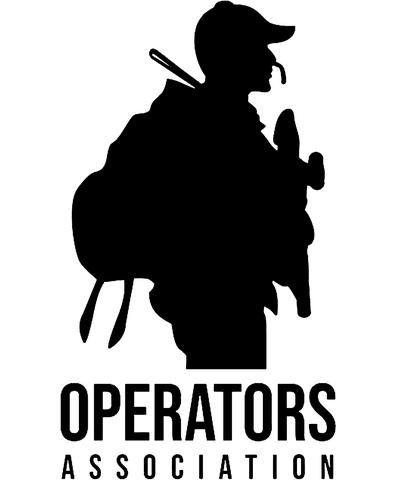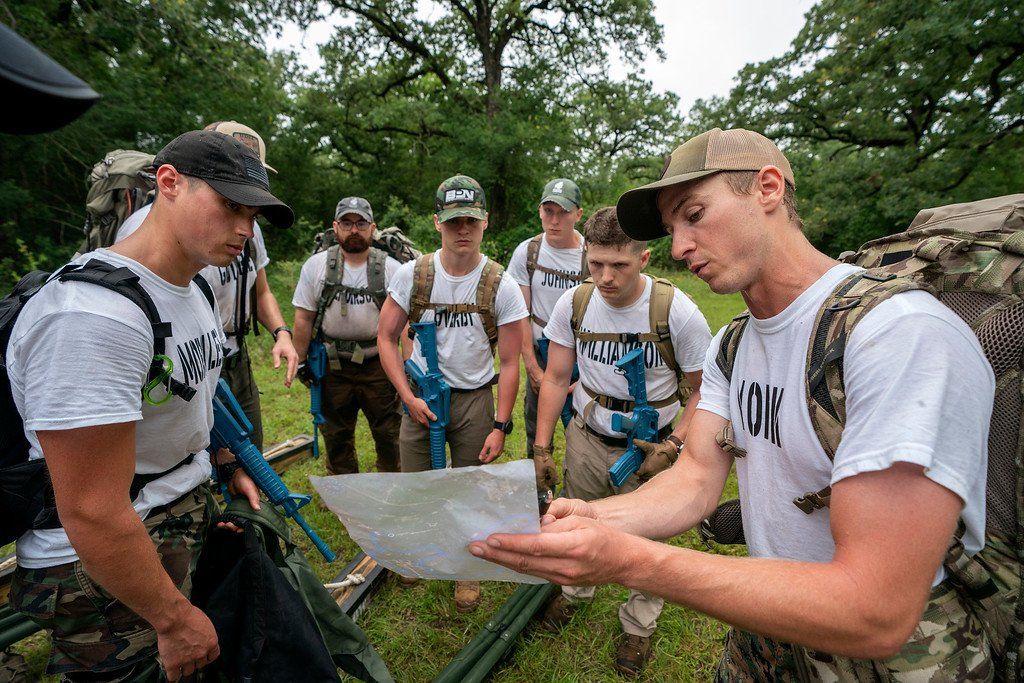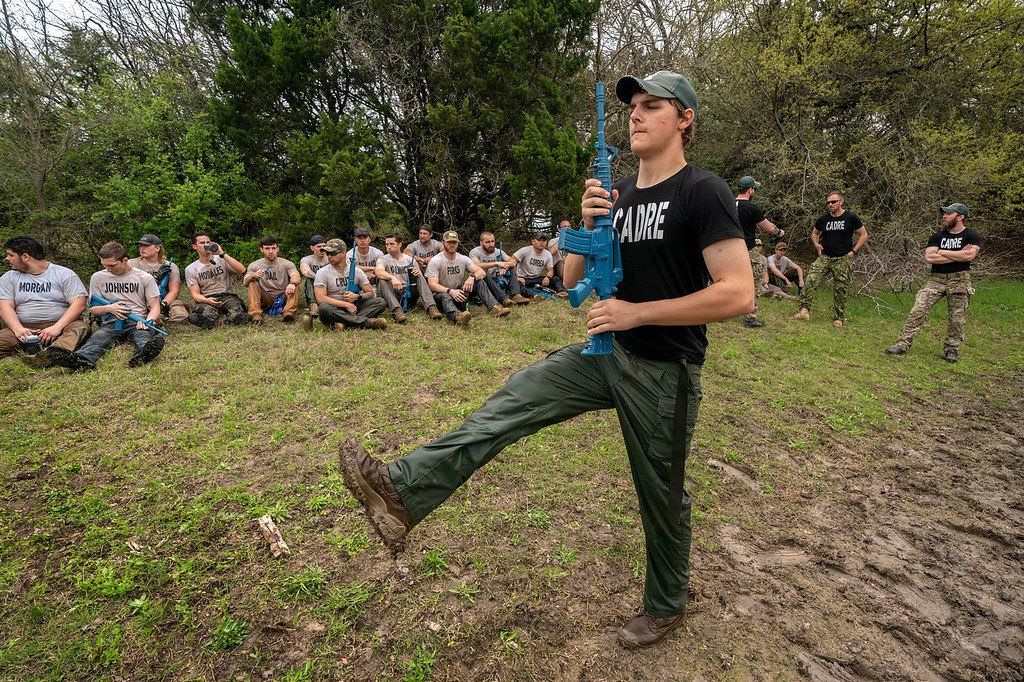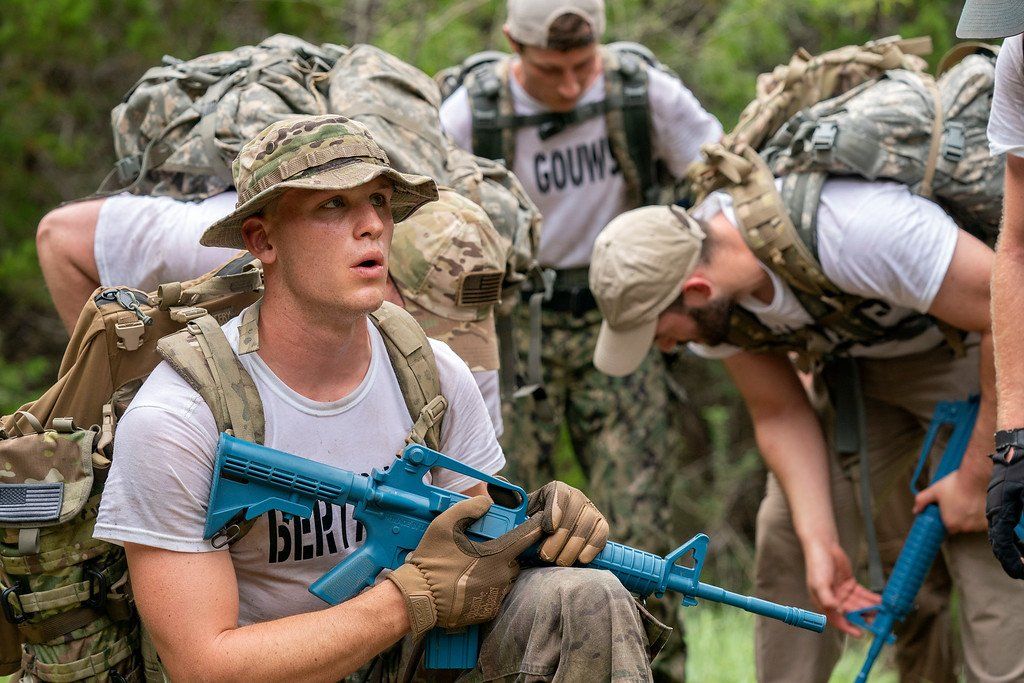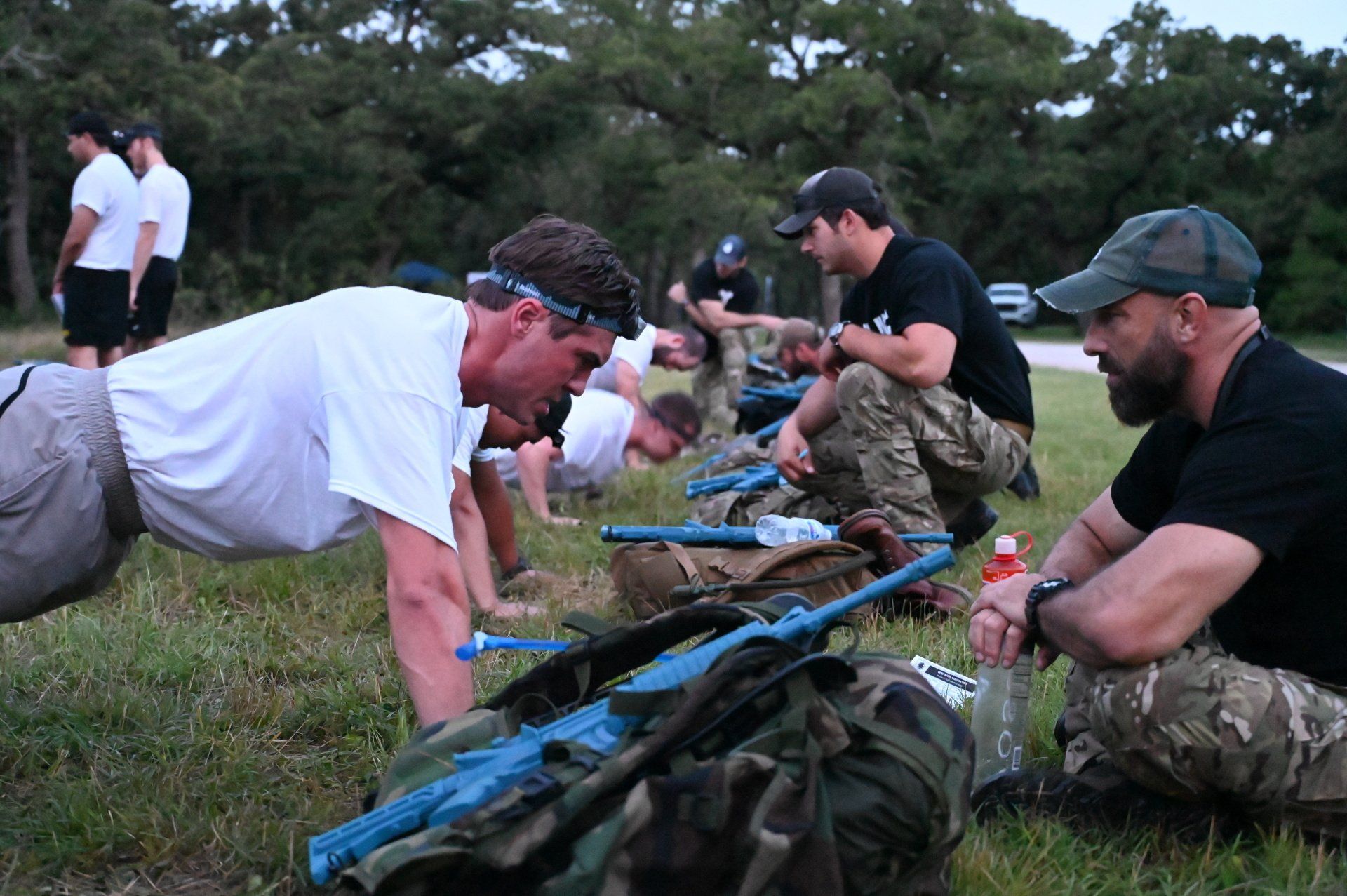How to Find Water in a Survival Scenario
Oct 18, 2021
Wilderness survival techniques for staying hydrated.
Water is a pillar of life. Without it, your body begins to shut down – vital organs start dying, muscles stop functioning, and your central nervous system fails. On average, humans can survive for three days without water before they succumb to dehydration. If you’re in a stressful survival emergency scenario, this time frame gets even shorter due to increased perspiration.
With that being the case, if you’re in an SHTF situation, being able to consistently find water will keep you alive. In a previous OA guide, Survival Skills – The Fatal Rules of 3, we talked about the major physiological obstacles you must overcome in a survival scenario. In this guide, we’ll look specifically at the techniques behind finding and producing drinkable water in the wilderness.
What to Avoid
Finding water is great – but just because you have access to H2O doesn’t mean that it’s safe to drink or purify. Here are two red flags to look out for when collecting water:
Salt Water
This one’s pretty self-explanatory. Humans can’t drink salt water for hydration. Your internal organs, muscles, and cells all utilize freshwater to operate. Usually, your body can dilute small amounts of salt in water to make it fresh – but the sodium concentration of seawater is simply too high for you to reduce. The result: kidney failure and eventual death.
With that being said, it is possible to make salt water drinkable by boiling it and collecting/condensating the vapors in a separate container. Salt can’t evaporate, so vapor gasses will always be fresh.
Stagnant Water
While it might be tempting to take a sip from the still pond or waterhole near your campsite, this poor decision can leave you more dehydrated than you started. Everything from mosquitoes to bacteria breeds in stagnant pools. Drinking water that has been still for a long time is the survival equivalent of licking a petri dish. The faster the flow of water, the fresher it usually is. If it’s not moving, it’s not drinkable.
The Three G's of Finding Water
Now that you know what to avoid, it’s time to find some water. The three most reliable places to find H2O in the wild are known as the Three G's – Greenery, Gravity, and Ground. Here’s a breakdown of each:
Greenery
Green plants use water to support their metabolic processes. When a plant uses photosynthesis to turn sunlight into glucose for food, it converts carbon dioxide into oxygen. A byproduct of this process is the creation of water – and all of that excess water needs to be released in some way. Since plants don’t urinate like animals, they instead undergo transpiration. H2O is released through pores in the leaves (usually during nighttime when the plant isn't busy with photosynthesis).
What does this mean for you? If you can get to green plants early in the morning – before the water has a chance to evaporate – you can collect all of that H2O for yourself! The best way to do this is to find a grassy field, tie shirts or towels around your ankles, and take a walk through the dewy meadow. After just a few passes, the cloth will be soaking wet, and you can wring it out into a container.
Gravity
Water flows and collects downhill. So you can bet that if there’s any water in your environment, it will be at the lowest possible local elevation. You can often find creeks and streams flowing in the valleys between hills.
Alternatively, if there seems to be no notable change in elevation anywhere, follow the wildlife. Animals tend to live close to water sources. If you notice a significant increase in the number of woodland critters in an area, water is almost guaranteed to be nearby.
Ground
The last option for finding water is in the ground. Just because you can’t see water on the surface doesn’t mean it's not there. Even in the world’s driest climates, people have been using wells to collect water for thousands of years.
Find some moist soil and start digging. With a bit of sweat and grit, you should be able to find some water. With that said, you should only use this technique as a last resort. Not only will digging fatigue and dehydrate you, but groundwater also tends to be muddy and may contain parasites.
Making Your Water Drinkable
You’ve collected some water. Now it’s time to clean it and make it safe to drink. To accomplish this, you must do two things. Firstly, you must separate the water from any sand, debris, or sediment that it may contain. Second, you must purify it to remove any microorganisms that can make you sick.
Removing Sediment
You can build a makeshift water filtration system with only a sock and a few resources from your environment. To make an effective filter, you must find a way to eliminate the various pollutants and toxins present in the water. The steps for making a sock filter are as follows:
- Take some charcoal from your fire, crush it into small pieces, and use it to fill the bottom of your sock. The charcoal will eliminate toxins and chemical contaminants from your water.
- Take sand and put it on top of the charcoal. It will remove small pieces of sediment.
- Pack the rest of the sock with grass. The grass will filter out any larger debris.
- Pour your unprocessed water into the sock and allow it to run through the grass, sand, and charcoal. Put a container below it to catch the clean H2O.
- After using the filter a few times, it will get clogged up with debris. When this happens, simply dump the contents and refill the sock with fresh materials.
Although the water from this makeshift filter will taste more like feet than the stuff you get from store-bought bottles (for obvious reasons), the important part is that it’s free of any contaminants like dirt, sand, plant debris, animal droppings and so on.
Purifying the Water
Your water might look clean, but that doesn’t mean it’s safe to drink. You should always purify your water by bringing it to a boil next to your fire. Although it’s tempting to immediately drink water when you’re dying of thirst, the risk of getting an infection and diarrhea from infected water far outweighs the benefits of drinking it a few minutes sooner. Discipline will save your life.
You can be the mightiest man in the world. But without the right knowledge and guidance, you’ll never succeed. Whether you’re trying to become a SOF operator or survive in the wild, having the technical know-how to overcome your obstacles is a must.
That’s why we make these OA guides! But it’s also why we started the Operators Association in the first place – so young, aspiring special forces operators can get the guidance and skills they need to accomplish their goals and stay on the path. When you become an Aspiring Operator, you get instant access to our community of hundreds of future, current, and retired SOF operators. Visit our memberships page to get started today!
